I purchased these, as well as the buckles my BF wanted, from Torfin on Etsy. I am very pleased with the weight and quality of these items (especially for the price).
|
My new brooches arrived today and I love them! They are based on a find from Kaupang and I cannot wait to start some new garb to go with them!
I purchased these, as well as the buckles my BF wanted, from Torfin on Etsy. I am very pleased with the weight and quality of these items (especially for the price).
1 Comment
The Evidence One question that often comes up on message boards is whether or not plaids are appropriate for a Viking reenactor. It is not an easy answer, but I have been putting together a list of things as I come across them and, in all honesty, I would have to say that at this point I personally would be very careful of what patterned fabrics I would use for a period impression. If we look prior to the Viking age, we see a host of exceptional plaids. Hulremose had an exceptional plaid from the an Iron Age bog find that is dated to the 2nd century BC. Thorsberg, from the 3rd to 4th century CE has also yielded large, bold plaid textiles. The Viking age, however, does not seem to show the same love for vibrant, large scale patterning. The technology was certainly there to craft large plaids or stripes, but the evidence that they were used is lacking. What we do have, however, is a small selection of woven patterns that show a much smaller scale. Delicate lines comprised of a single thread, or pair of threads, creating a repeating pattern, is much different than their more tartan-like predecessors. I have looked at the mass of articles and books in my collection to see what sort of patterning was used and after eliminating all silks (likely imports) and self-patterning (meaning that the pattern was either a result spin-patterning - using S and Z spun threads in the same textile - or using threads of different grist to weave cloth with a plaid or stripe) I have found the following examples of patterned cloth from the Viking era and in Viking areas:
Additional Finds These items are excluded from my list above due to date, or in the case of the Skjoldehamn find, due to the fact that it could potentially not be a Norse item. I still consider them when looking at textiles to use, but would not choose something based solely on these finds were I looking for a patterned textile for a more accurate costume.
My Thoughts and Process I do recognize that there are, of course, a couple of issues with looking at historic textiles in terms of color. Often textiles are not analyzed for color, and tests can also come back inconclusive. So there could indeed be more patterned (or even colored) cloth than which we currently can consider. That being said, the sampling we do have is so exceptionally small in terms of the overall volume of finds, that I believe that patterned textiles in this time period were indeed in the minority. Does that mean that I would never choose to use a plaid or stripe for a new piece in my Viking kit? No, but any purchases I make from this point on will take into consideration that the evidence does show me one clear thing and that is the importance of scale. The stripes tend to be narrow, and the plaids or checks are tiny. Things that read as modern, such as pinstripes, might actually be a much better choice than plaids that would be better suited to a kilt. Were I to come across a larger, two-tone plaid or check in a heavy fabric, I think it might suit well enough for a cloak or blanket, but I would not choose to use it now as textile for a garment such as a tunic, dress or pants. The larger checks from Haugen in Rolvsøy, which is a coarse textile, as well as the coarse, loose wool from Værnes seem better suited to those types of applications. (And I would, at this point, only look at items with two colors, as seen in those fabrics as well as the Thorsberg and Skjoldehamn cloaks, rather than a plaid of many colors.) Examples of fabrics I have or will be using, and my current thoughts on the choices, are below so that you can follow along with my thought process on this if you so choose. Does this mean that you should never use that great paid you have in your stash for a Viking costume? Of course not! We are free to use what we will and I always advocate for "Use What You Have" when possible. It is, however, good to know what the extant pieces looked like, and how frequently they were found compared to other types of cloth, when we go out to purchase new fabric for a historical garment. And please, if you have evidence of other stripes, checks or plaids, I would absolutely love to see them!!! To help give a sense of scale, I have included a single page that can be downloaded and printed on 8.5X11 inch paper. This printout should be close enough to the correct size to give a rough sense of scale for these historic plaids.
RESOURCES
Blindheim, Charlotte. Vernesfunnene og kvinnedrakten i Norden i Vikingtiden, 1945. Christensen, Arne Emil and Nockert, Margareta. Osebergfunnet: bind iv, Tekstilene (Universitetet i Oslo), 2006. A.W.Brøgger. "Rolvsøyætten. Et arkeologisk bidrag til vikingetidens historie" _Bergens Museums Aarbok_. 1920-21 Geijer, Agnes. Birka III, Die Textilefunde aus Den Grabern. Uppsala,1938. Hägg, Inga. Die Textilefunde aus der Siedlung und us den Gräbern von Haithabu (Karl Wachlotz Verlag). 1991. Hägg, Inga. Die Textilefunde aus dem Hafen von Haithabu (Karl Wachlotz Verlag). 1984. Pritchard, Frances. "Aspects of the Wool Textiles from Viking Age Dublin", Museum of London. 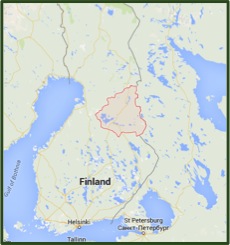 These Finnish sheep are a separate breed from the Finnsheep and are primarily bred for meat. All lambs are born black, but they often fade to gray as they get older while maintaining black legs and faces. Their coats range from more wooly to more hairy. They are prolific and can mature in only three months and lamb twice a year. (Aholan Farm) Fiber Information*:
This breed of sheep was developed in the early 20th century using the Manx Loughtan, moorit Shetland, Soay and wild Mouflon stock. Coloration is light or dark brown and both males and females are horned.
Fiber Information*:
The Åsenfår is a small sheep from Sweden that is a member of the forest sheep classification of animals (also included are the Gestrikefår, Helsingefår, Svärdsjöfår and Värmlandsfår sheep). These are hardy animals bred to live on less pasture in the summer and poor feed during the winter. (Skansen.se)
Rams are typically horned and ewes are usually polled but might have scurrs. They come in a range of colors including white, brown, gray and black. Fiber Information*:
For the second time in the history of the event, there was an A&S War Point at Pennsic this year. The premise is that AEthelmearc/Allies and the East/Middle each would put together a team of artisans who would display their goods in a competition. Members of the Order of the Laurel and those who have received grant level Kingdom arts awards were encouraged to go to the display and vote for the best entries. At the end of the day the points for each team would be totaled and a winner declared.
I was beyond honored to be chosen by the Crown of AEthelmearc to be one of its Champions on this "field of battle". The experience was incredible and I hope that this competition will become a permanent part of future wars. Our team had a Facebook group that allowed the artisans to collaborate, assist each other and give feedback in the months that lead up to Pennsic. Working collectively like this was wonderful and allowed everyone to best present their wares during the competition. I think that there should be more opportunities for artisans to work collaboratively like this because it really does encourage growth and give you ideas to help strengthen weak spots. The East/Middle won the war point, but all of the entries were quality. A few things really blew my mind to see them. I already look forward to seeing the offerings of next years chosen Champions! Pennsic was different this year, but still amazing. I left for War with trepidation for the first time ever. With my kitty being sick, my (FANTASTIC) boyfriend elected to stay home from the event and care for the little guy to both give me a respite from caregiving and to allow me the time to teach and compete in A&S at War. Even with him watching his little buddy, I was nervous about going away. I was waking up at 6am worried that I had missed giving a shot. More stress, and less sleep, than I am used to getting at Pennsic (where I usually get my best sleep of the year). That being said, Pennsic was still amazing. I took some great classes, taught two classes, and delved into new activities such as volunteering to work the Hospitality for the Royal encampment and retaining for the first time. (Apparently if you loudly ask if there is something you can do to help, someone WILL find a job for you. LOL)
The people made this Pennsic fantastic and allowed me some time away from my worries. I connected with so many completely fantastic artisans. I had great conversations about fiber, food and Norse culture. I relaxed and laughed in the shade with my household and met wonderful friends I had previously only met online. I ate yummy things in camp and the market and while I did not do the power shopping I usually do, I came away with delightful things. I chose this year to not participate in the Pennsic A&S Display, instead, my wares were shown as part of the A&S War Point competition. I was beyond honored to be selected by the Crown to represent this fair Kingdom in this capacity. I have so much to say about how amazing this whole experience was that I will have to tell it all in another post tomorrow. It was an incredible honor and possibly the most amazing way to interact with other Artisans. I was honored again during Court when I was inducted into the Order of the Fleur (AEthelmearc Arts&Sciences award). My scroll, which can be seen in the gallery below, is a beautifully crafted piece that includes images of medieval women working with fiber! I cannot wait to have it framed and hang it in my weaving studio! I will also have some other posts forthcoming about this War, including one covering some of the conversations I had about honor, sharing and chivalry. I want to compile one as well on my own growth in the SCA and as an artisan, but that will take some time and thought to put to words. And, as always, I have been inspired to research more and create more. I also have some ideas for direction and things I need to do to improve both my work and how I present it. One of my highlights of this year was to get word that a very, very well-deserving friend received a writ for a Pelican. I can think of no one in the Society who exemplifies what it means to be a Peer than this individual. That news made the entire event for me. :-) There were so many incredible moments that happened this year at Pennsic that I find it difficult to compile them all. Below are just a few things that I will carry with me for quite some time.
|
About Me
I am mother to a billion cats and am on journey to recreate the past via costume, textiles, culture and food. A Wandering Elf participates in the Amazon Associates program and a small commission is earned on qualifying purchases.
Archives
July 2024
Categories
All
Blogroll of SCA & Costume Bloggers
Below is a collection of some of my favorite places online to look for SCA and historic costuming information.
More Amie Sparrow - 16th Century German Costuming Gianetta Veronese - SCA and Costuming Blog Grazia Morgano - 16th Century A&S Mistress Sahra -Dress From Medieval Turku Hibernaatiopesäke Loose Threads: Cathy's Costume Blog Mistress Mathilde Bourrette - By My Measure: 14th and 15th Century Costuming More than Cod: Exploring Medieval Norway |
||||||
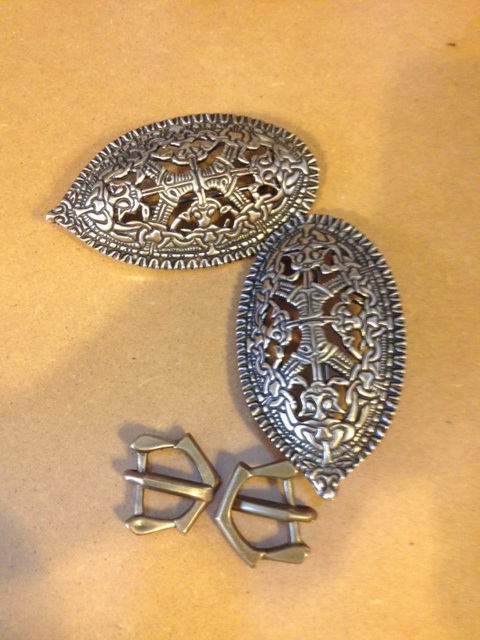
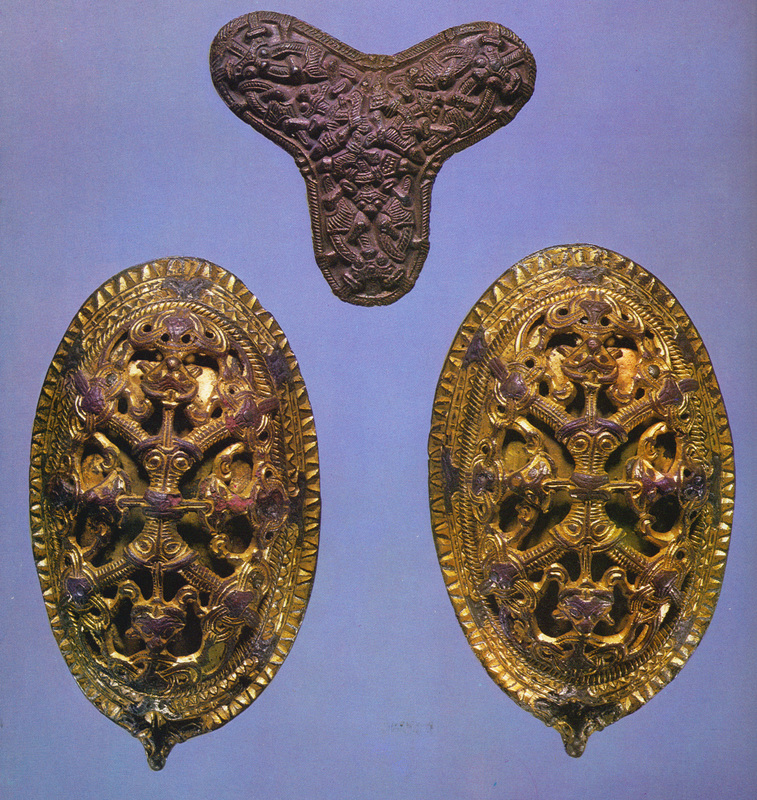
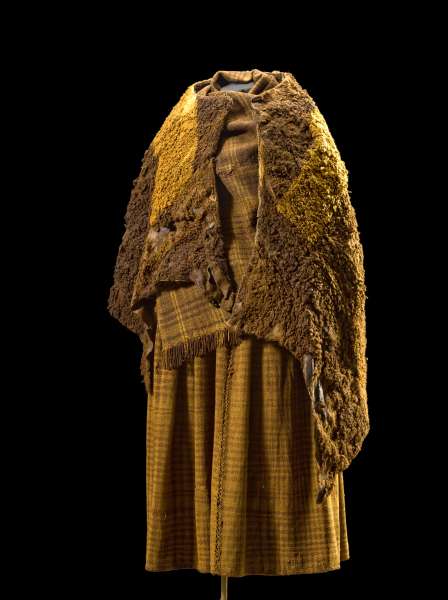
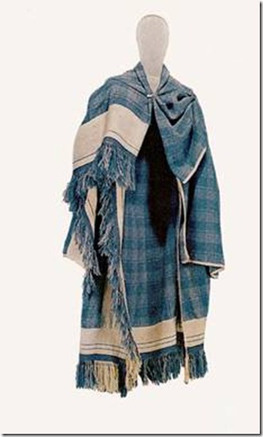
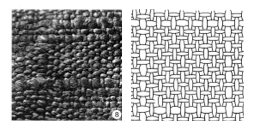
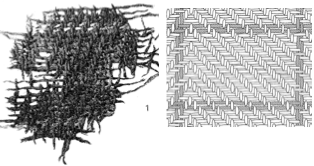
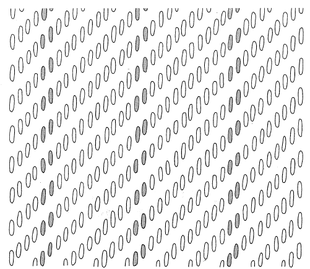

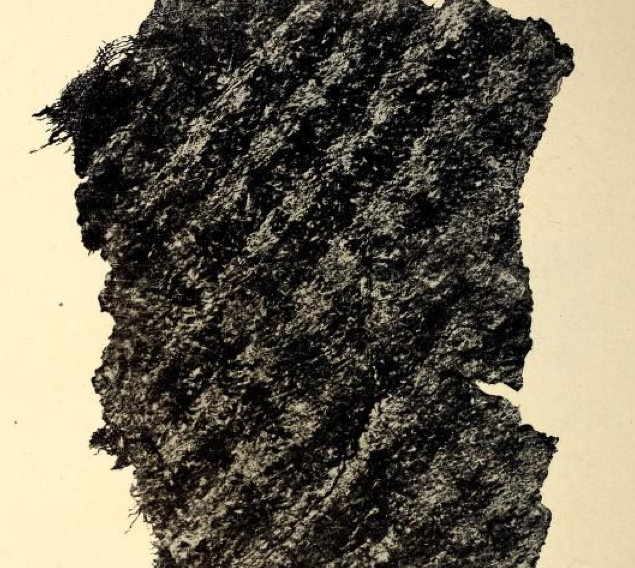
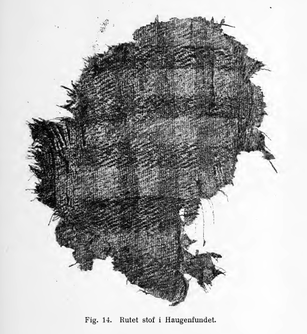
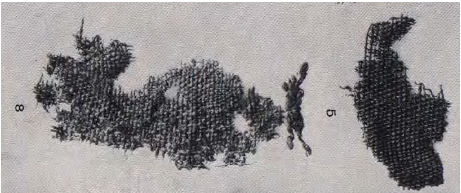
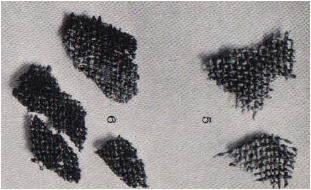
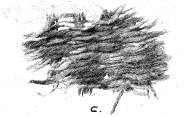
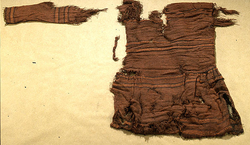
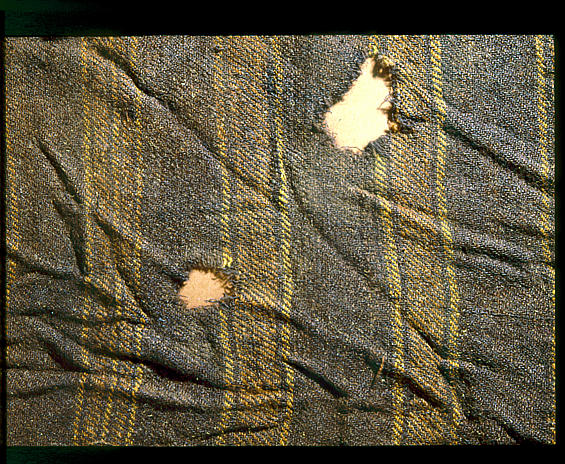
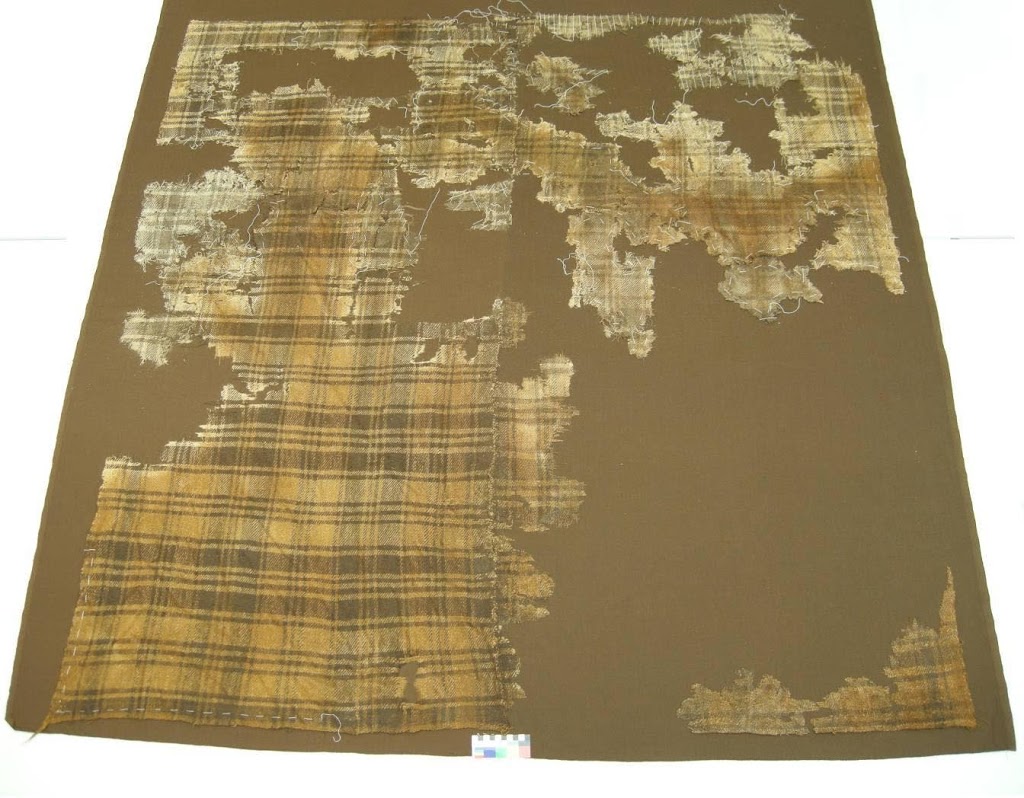
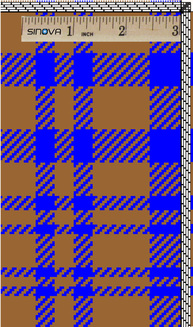
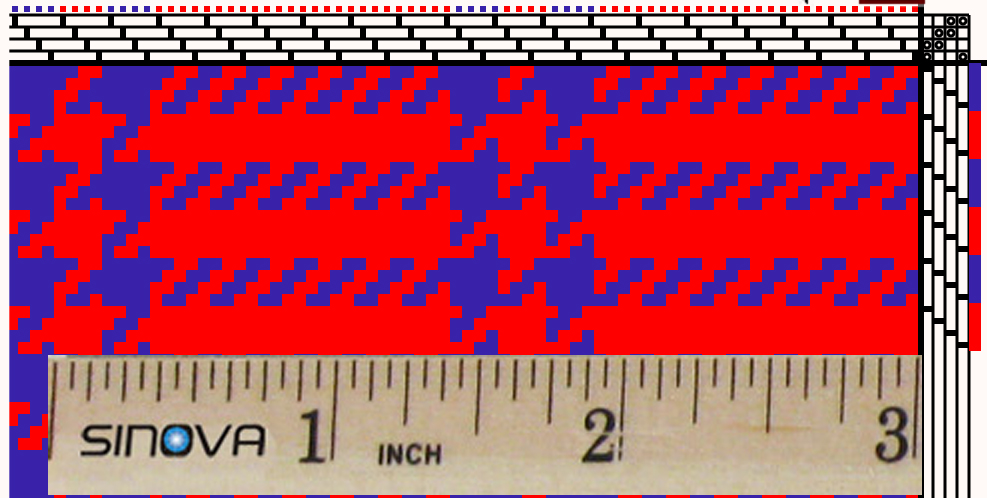
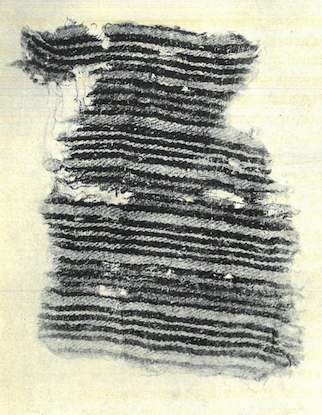
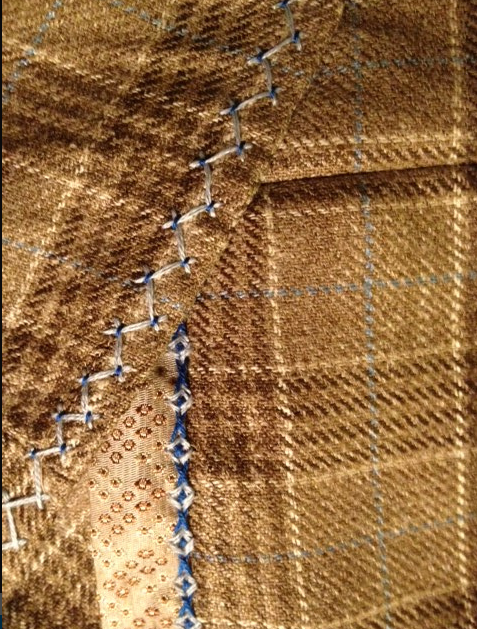
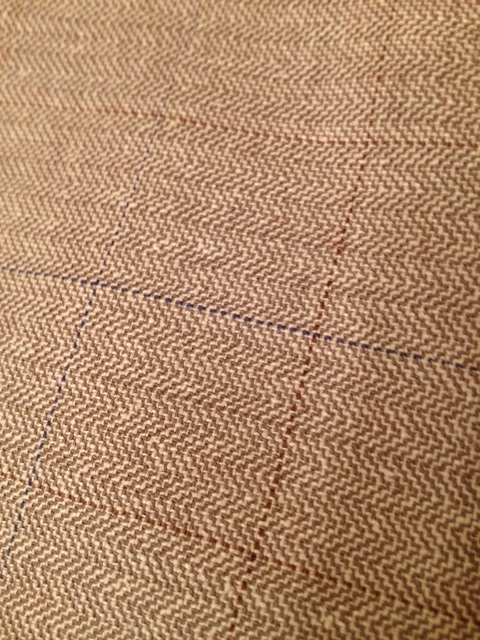
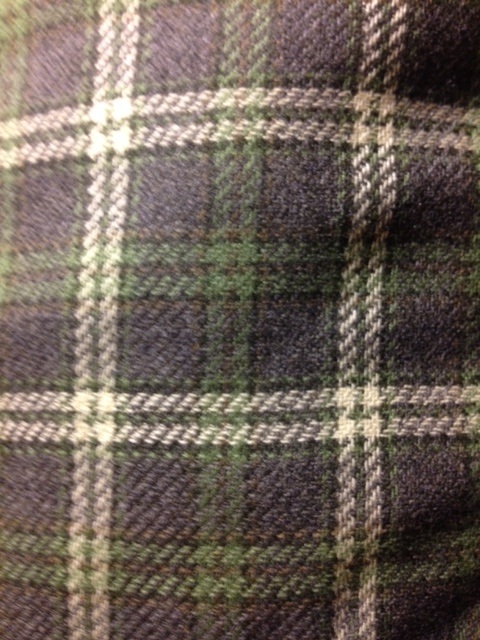
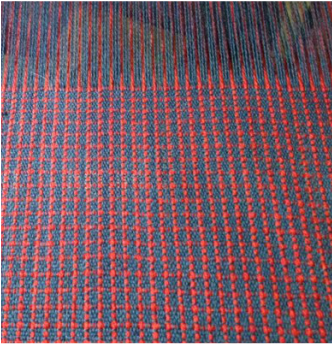
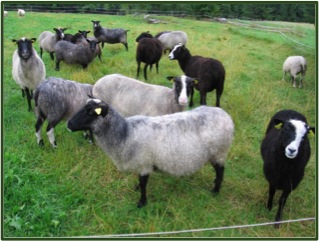
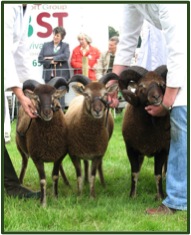
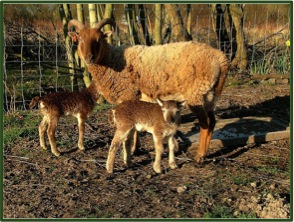
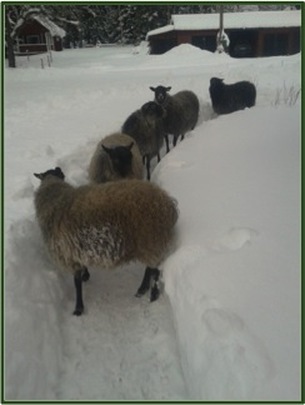
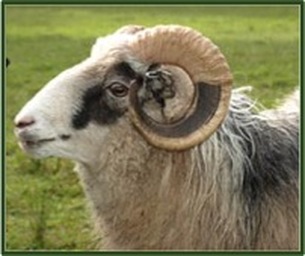
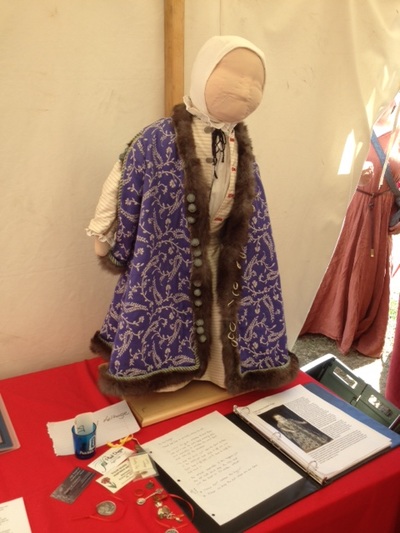
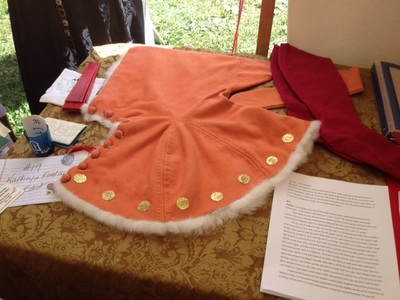
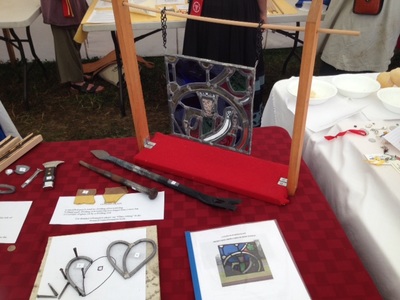
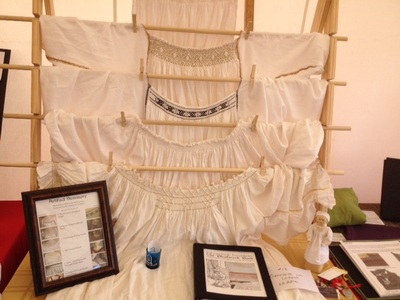
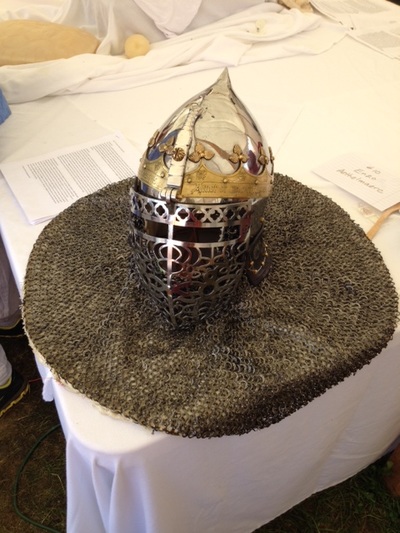
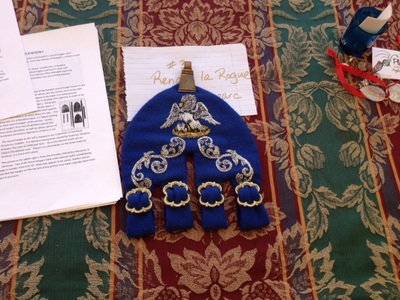
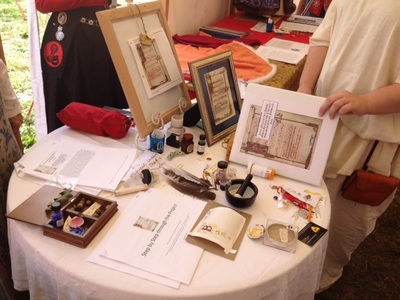
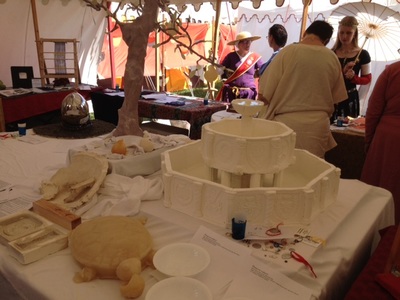
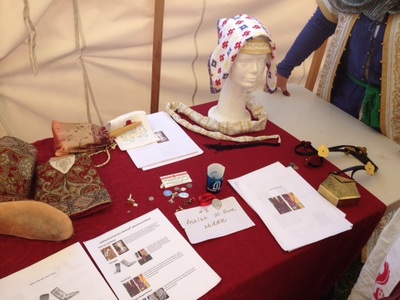
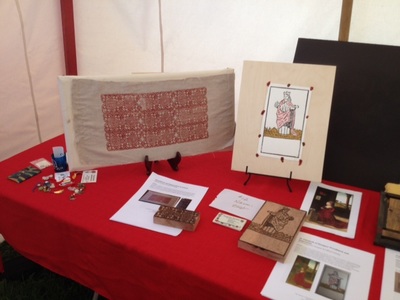
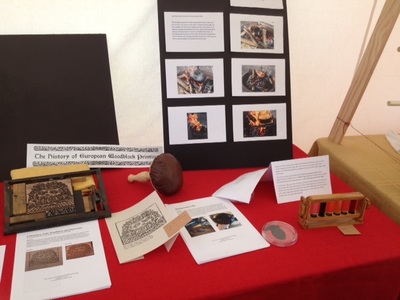
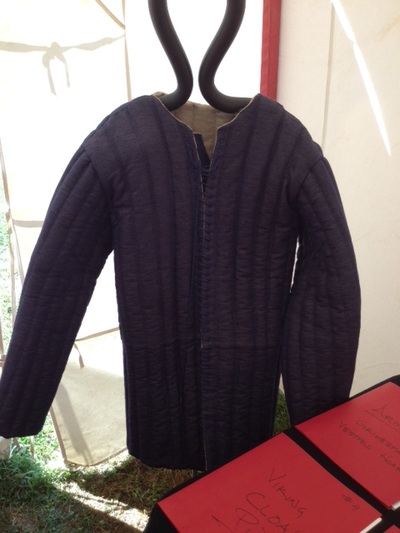
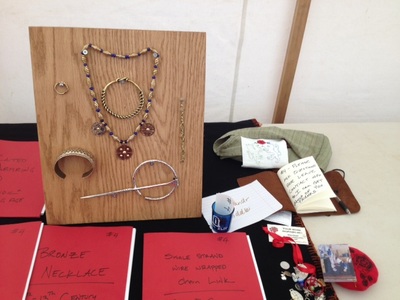
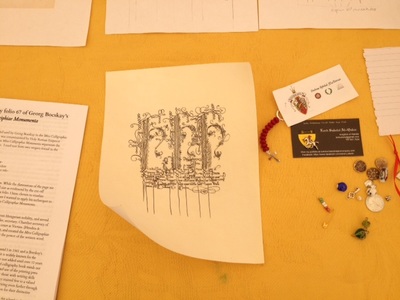
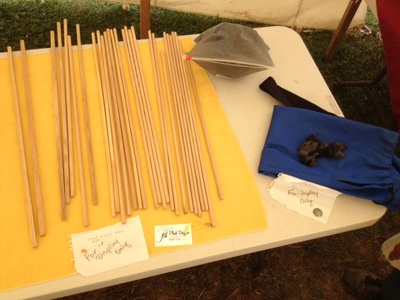
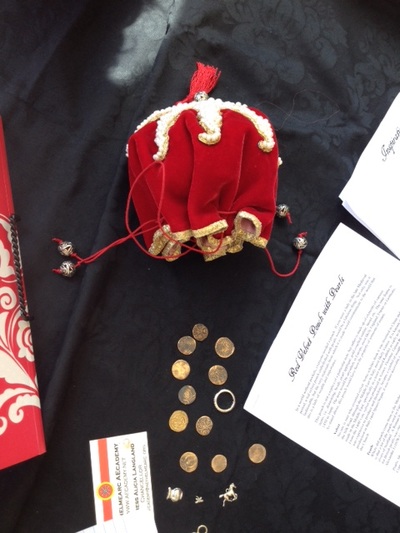
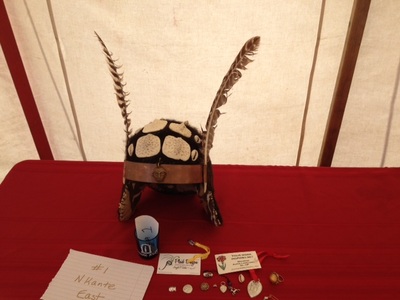
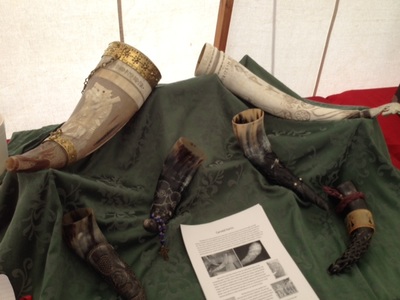
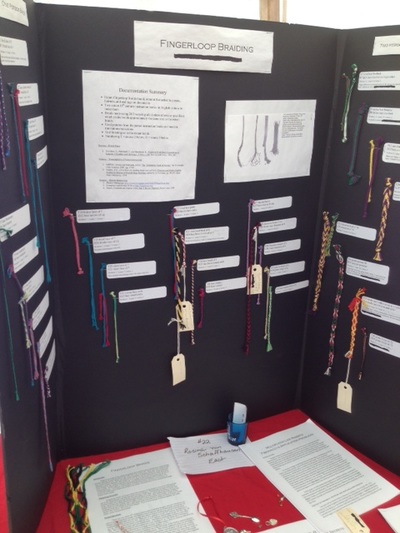
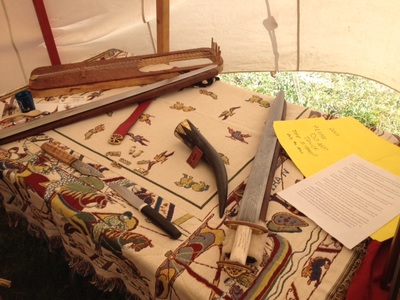
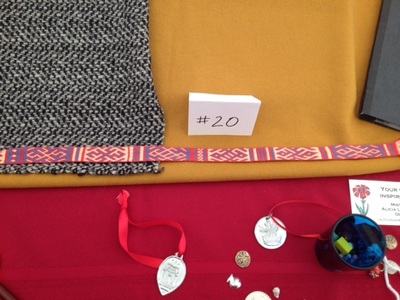
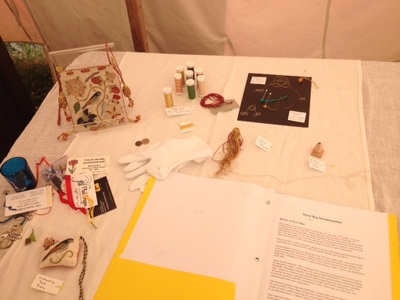
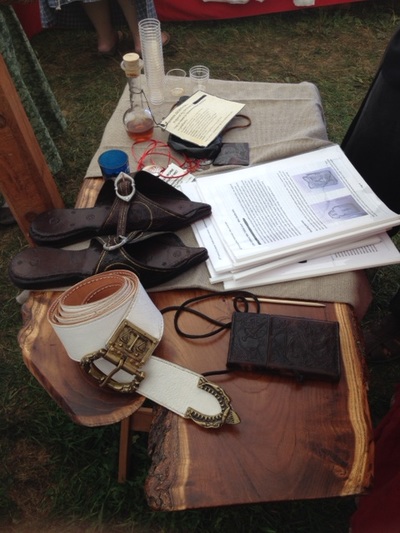
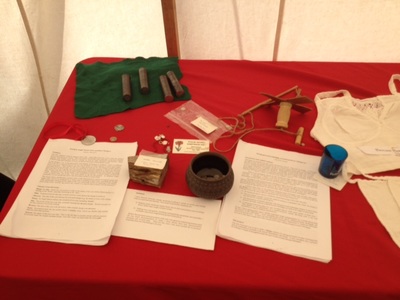
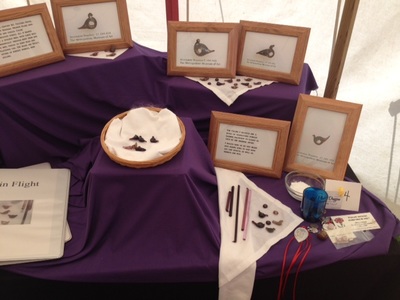
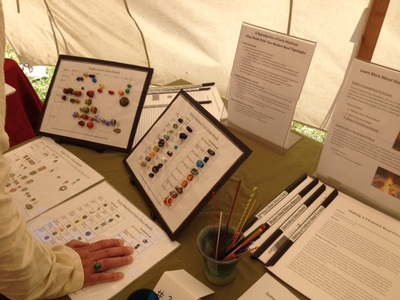
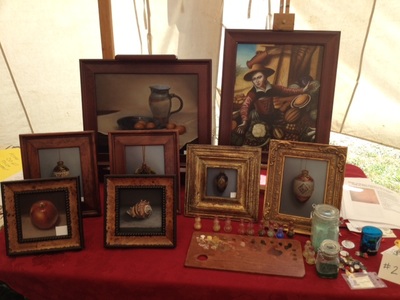
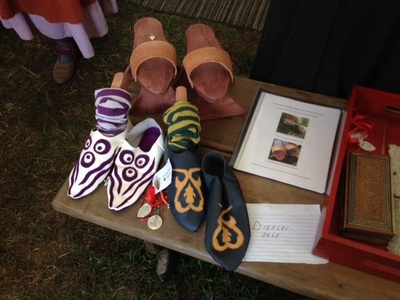
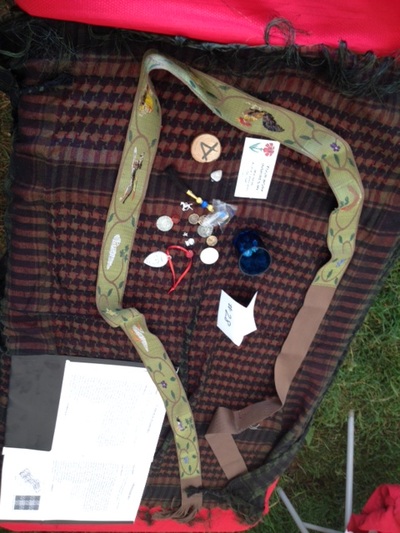
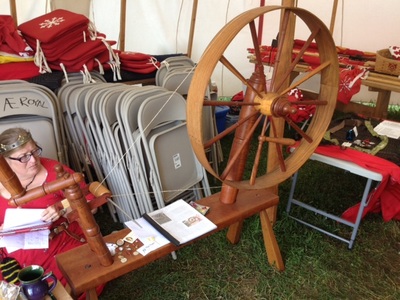
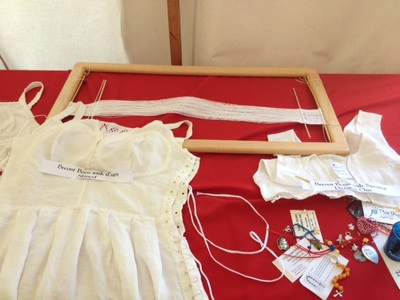
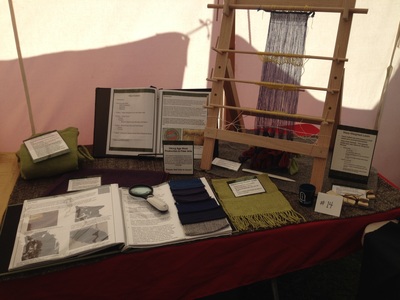
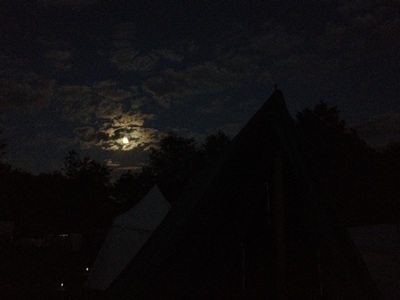
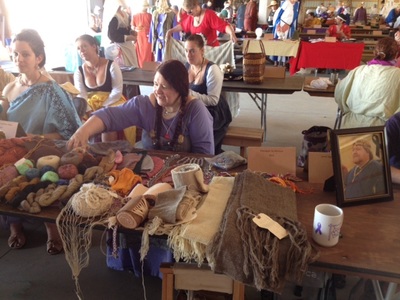
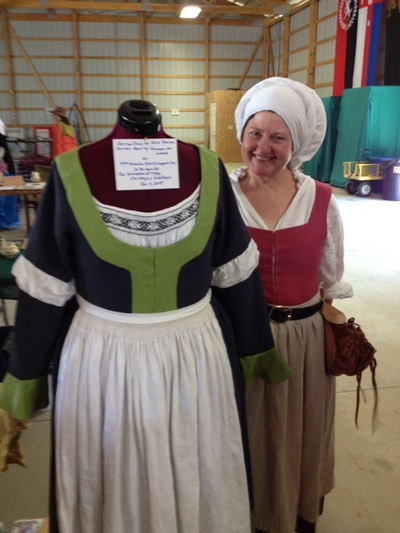
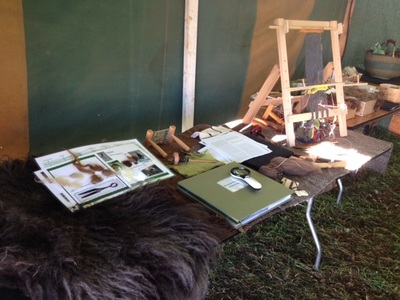
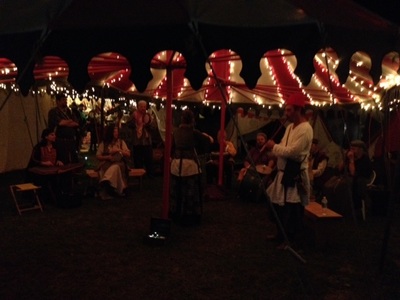
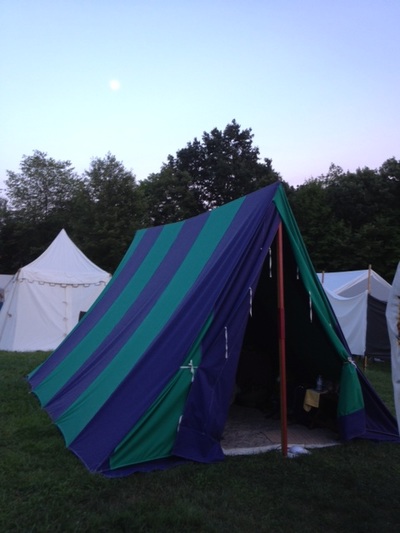
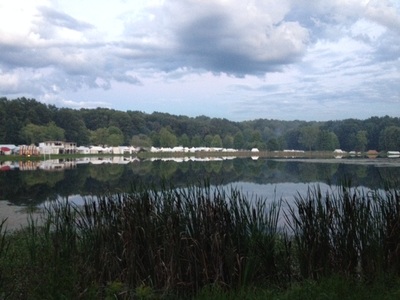
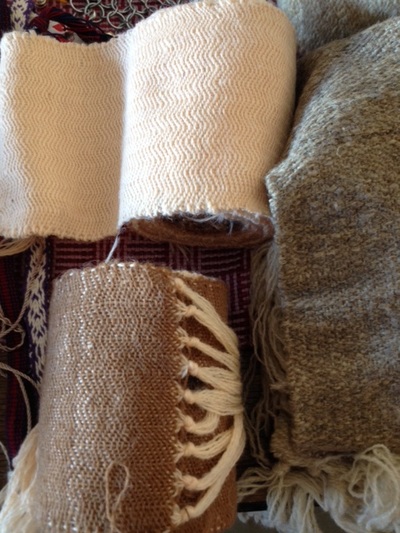
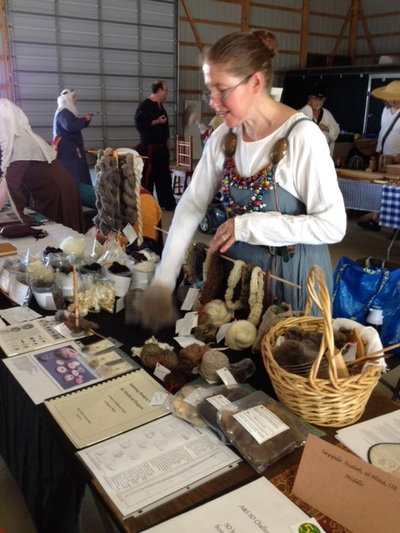
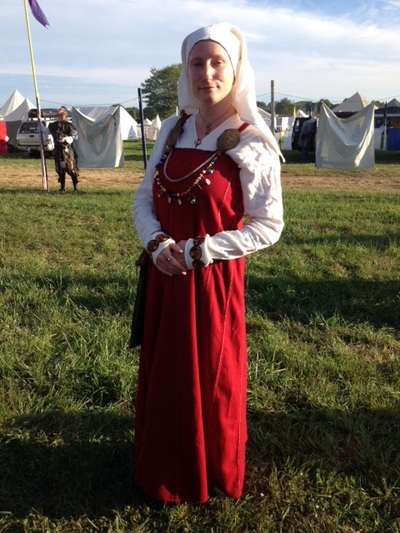

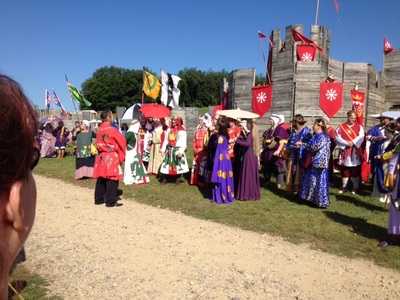
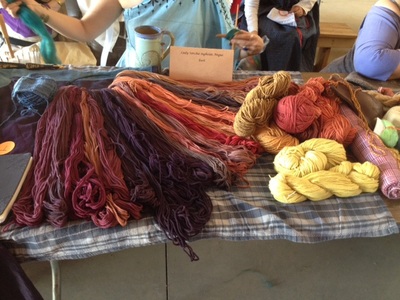
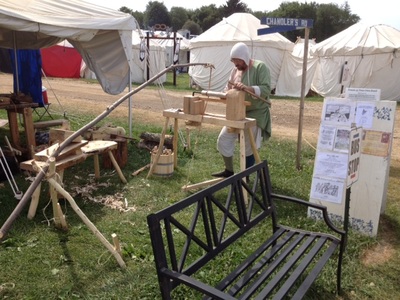
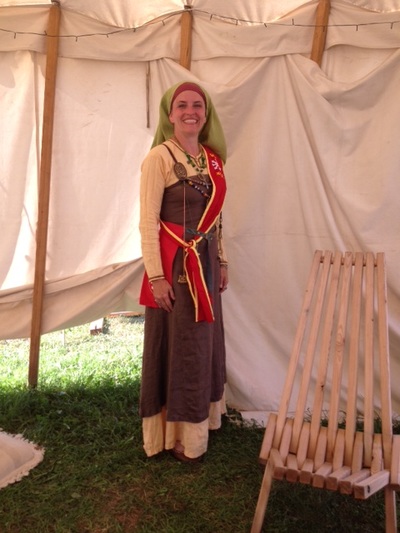
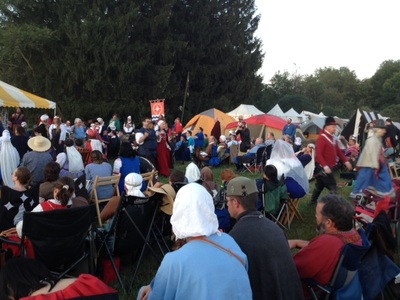
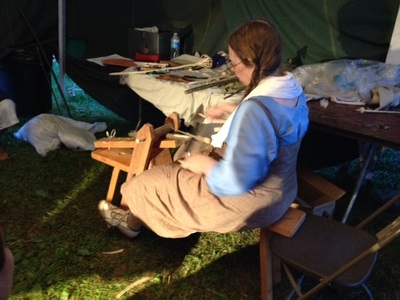
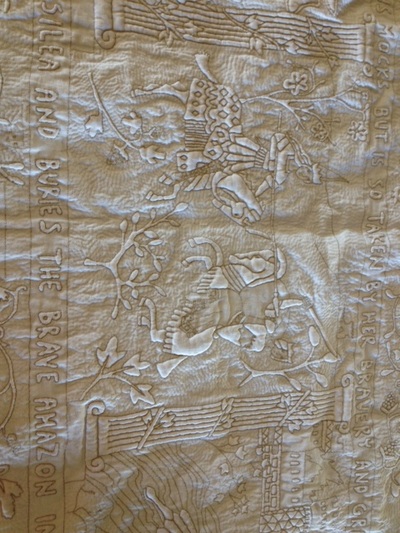
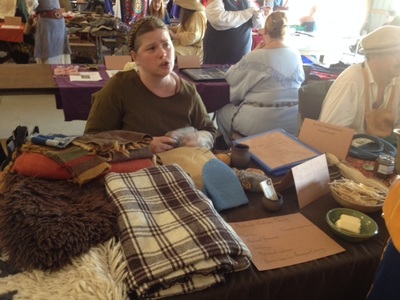
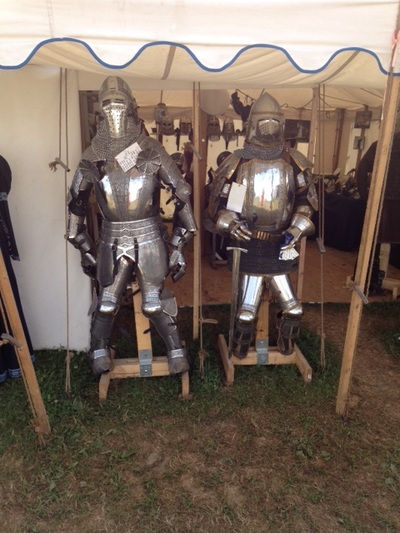

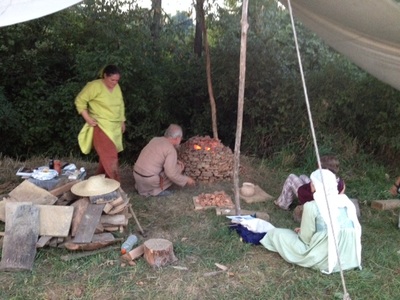
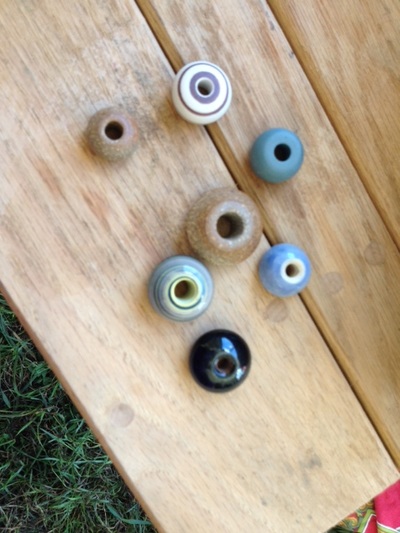
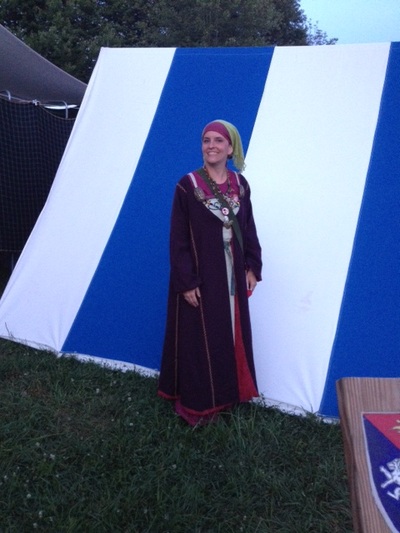
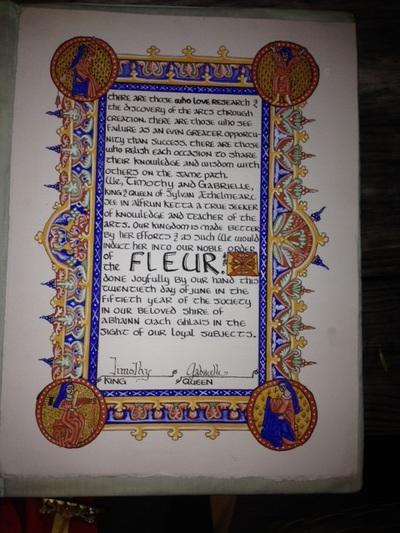
 RSS Feed
RSS Feed